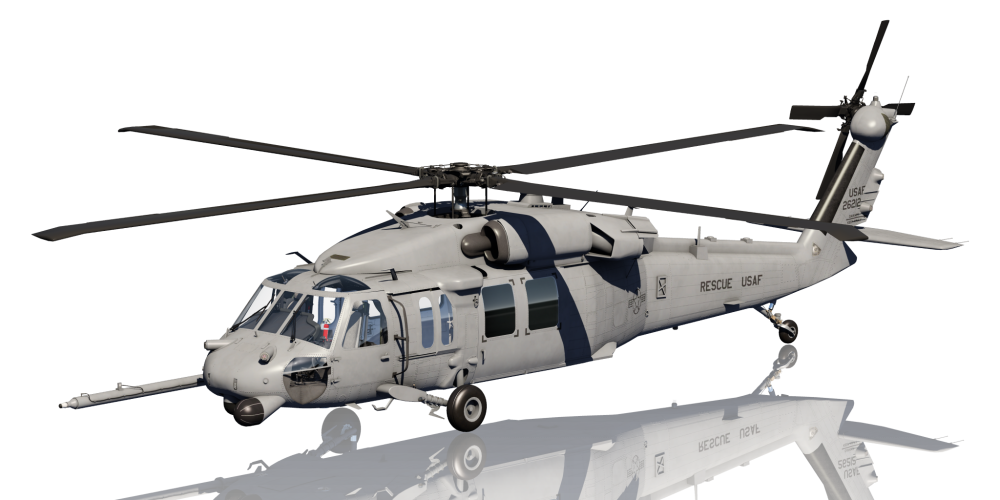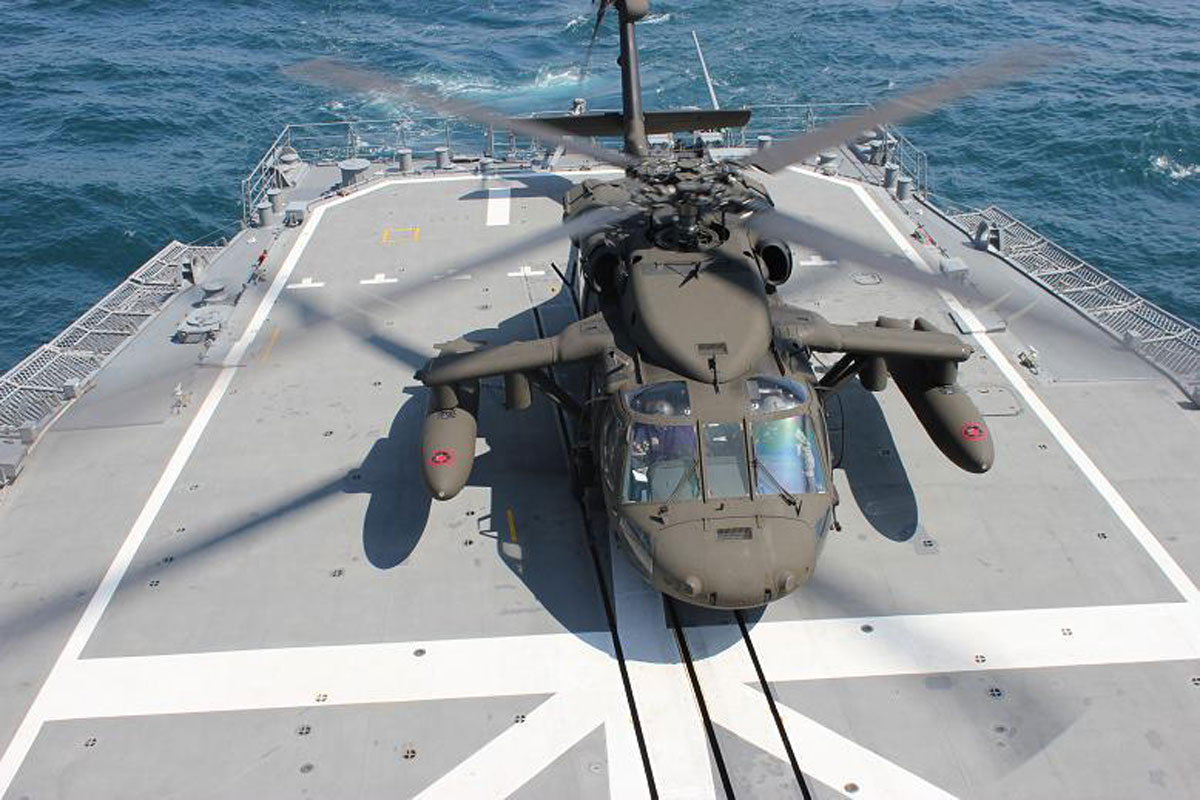Key Advantages of the UH 60 for Special Workflow and Rescue Goals
Key Advantages of the UH 60 for Special Workflow and Rescue Goals
Blog Article
Crucial Realities and Insights About the UH-60 Helicopter
The UH-60 helicopter, a foundation of contemporary army air travel, has actually evolved significantly because its introduction in 1979. Recognizing the intricacies of the UH-60's function discloses a complicated narrative of advancement and adjustment that benefits better exploration.
Background of the UH-60
The UH-60 Black Hawk helicopter was developed in the late 1970s as component of the United States Military's campaign to change the older UH-1 Iroquois. The need for a much more flexible, resilient, and qualified aircraft arose from the lessons discovered throughout the Vietnam Battle, where the limitations of the UH-1 emerged. In 1972, the Military launched a program to acquire a new energy helicopter, culminating in an affordable style phase that saw several manufacturers submit proposals.
Sikorsky Aircraft was eventually awarded the agreement in 1976, and the initial model of the Black Hawk flew in 1974. Its design focused on innovative modern technology, including a four-blade blades system and a modular building and construction that permitted for quick area maintenance and versatility to numerous goals. Formally going into service in 1979, the UH-60 quickly came to be the backbone of Military air travel, serving in a wide range of functions such as army transport, medevac, and logistical support.
Throughout the years, the Black Hawk has gone through different upgrades and modifications, solidifying its condition as an important property in armed forces operations around the world (UH 60). Its durable efficiency remains to fulfill the evolving needs of modern war
Layout and Features
Incorporating advanced design principles, the UH-60 Black Hawk includes a smooth, aerodynamic layout that improves its efficiency and performance. This twin-engine utility helicopter is identified by its distinct shape, with a high-mounted, four-blade primary blades system that offers extraordinary lift and stability. The rotor blades are created from composite products, adding to their resilience and minimizing maintenance needs.
The body is developed for ideal weight distribution and architectural integrity, permitting a maximum gross weight of approximately 22,000 pounds. The cabin design promotes adaptable arrangements, fitting numerous missions, from army transport to medevac operations. Furthermore, the cockpit is outfitted with advanced avionics, consisting of electronic displays and multi-functional systems that improve situational recognition.
The UH-60 likewise incorporates composite materials in its airframe, which lower radar cross-section and improve survivability in aggressive environments. Its retracting touchdown gear streamlines the aircraft's account, additional adding to its wind resistant effectiveness. Overall, the thoughtful integration of design components and products not only enhances the Black Hawk's operational abilities but likewise makes certain that it continues to be an important property for objectives throughout diverse surfaces and problems.
Operational Abilities


The UH-60 is geared up with advanced avionics and navigation systems, promoting operations in difficult weather conditions and reduced exposure situations. Its durable design enables it to carry out in high-altitude and severe temperature conditions, additionally expanding its operational variety. The helicopter's twin-engine arrangement provides redundancy and improved performance, making sure integrity during essential goals.
Geared up with innovative communication systems, the Black Hawk improves situational awareness and sychronisation among armed forces units. Furthermore, its ability to carry out airborne reconnaissance and support close air assistance objectives underscores its important function on the battlefield. Overall, the UH-60 Black Hawk's functional abilities are a testament to its value in modern-day armed forces aviation, efficiently satisfying the demands of a quickly evolving functional landscape.

Adjustments and variants
Various variants and adjustments of the UH-60 Black Hawk have been created to meet particular objective demands and enhance its functional flexibility. One of the most significant version is the UH-60L, which presented upgraded engines, boosted avionics, and enhanced cargo capability. Additionally, the UH-60M alternative attributes progressed digital avionics, a much more click here to read powerful engine, and enhanced survivability systems, making it suitable for a broader selection of missions.
The HH-60G Pave Hawk is one more specialized variation, created for search and rescue operations. It is equipped with sophisticated navigating systems, external gas containers, and medical discharge abilities. In a similar way, the MH-60R Seahawk is maximized for anti-submarine war and maritime procedures, boasting advanced radar and sonar systems.
Furthermore, the armed versions, such as the AH-60, are modified for direct assault functions, including tool systems like learn this here now rockets and gatling gun. The UH-60's versatility is additional showcased in its capacity to be fitted with mission-specific equipment, consisting of freight hooks for transport, troop transportation insides, and reconnaissance sensing units.
These variants and alterations underscore the Black Hawk's crucial role in contemporary armed forces operations, showcasing its capacity to adjust to advancing goal needs.
Duty in Altruist Efforts
The UH-60 Black Hawk has stepped up to play an essential function in altruistic initiatives around the world, showing its versatility beyond military applications. This multi-mission helicopter is outfitted to carry out a range of objectives, consisting of medical evacuations, catastrophe alleviation, and logistical assistance in challenging settings.
During natural calamities, such as quakes and storms, the Black Hawk has shown indispensable for moving relief materials and employees to influenced areas. Its ability to run in ascetic problems enables it to get to remote places that may be inaccessible by ground transportation, making sure prompt help to those in demand.
Furthermore, the UH-60 is often used for clinical emptying missions, swiftly transporting injured people to medical centers. Its advanced medical abilities, consisting of room for clinical personnel and devices, allow life-saving treatments throughout vital situations.
In worldwide procedures, the Black Hawk frequently collaborates with humanitarian organizations, showcasing its flexibility and reliability. By leveraging its capacities, the UH-60 not only supports military purposes however also plays an essential role in saving lives and reducing suffering throughout altruistic crises worldwide.
Verdict
The UH-60 helicopter has developed itself as an important property in armed forces procedures considering that its introduction, identified by its robust style and versatile abilities. Its numerous arrangements deal with a vast array of goals, from army transport to medical discharge. The UH-60's payments expand beyond fight, playing a substantial duty in humanitarian efforts worldwide. The continuous evolution of this aircraft emphasizes its relevance in contemporary aviation and its flexibility to satisfy diverse functional needs.
The UH-60 Black Hawk helicopter was created in the late 1970s as part of the United States Military's initiative to change the i was reading this older UH-1 Iroquois.Integrating advanced design principles, the UH-60 Black Hawk features a smooth, wind resistant layout that improves its efficiency and effectiveness.Enhanced design and progressed design permit the UH-60 Black Hawk to succeed in a range of functional roles. Overall, the UH-60 Black Hawk's functional capacities are a testament to its value in contemporary military aviation, effectively satisfying the demands of a quickly progressing functional landscape.
Different variants and alterations of the UH-60 Black Hawk have been created to satisfy certain objective needs and boost its functional adaptability.
Report this page